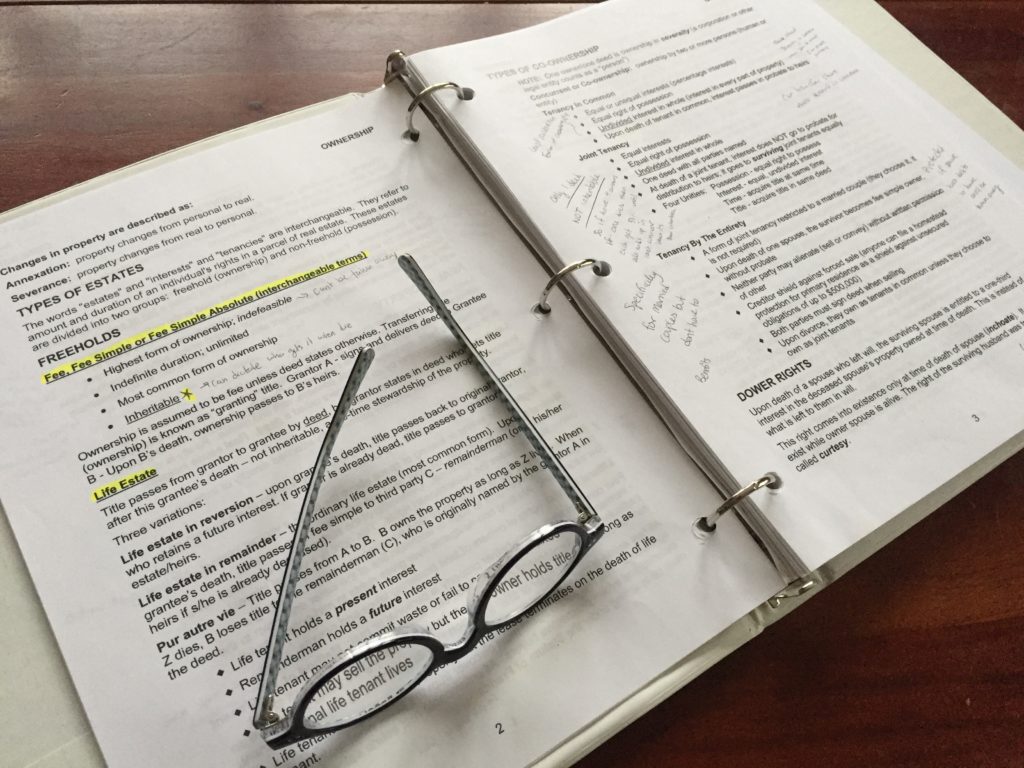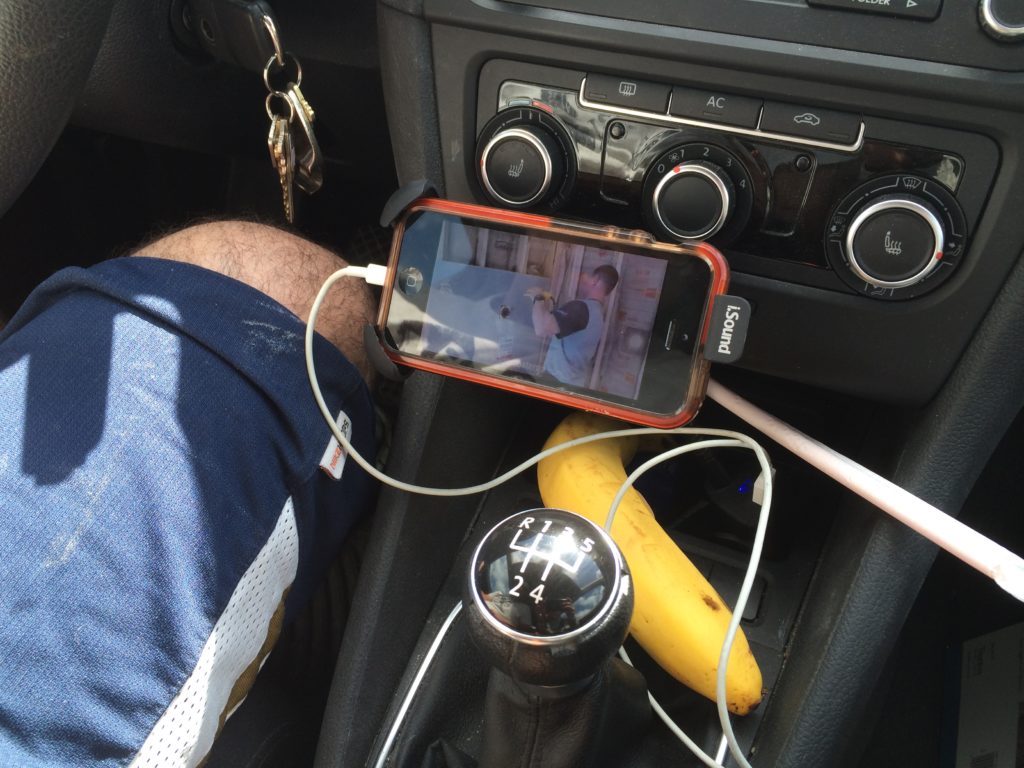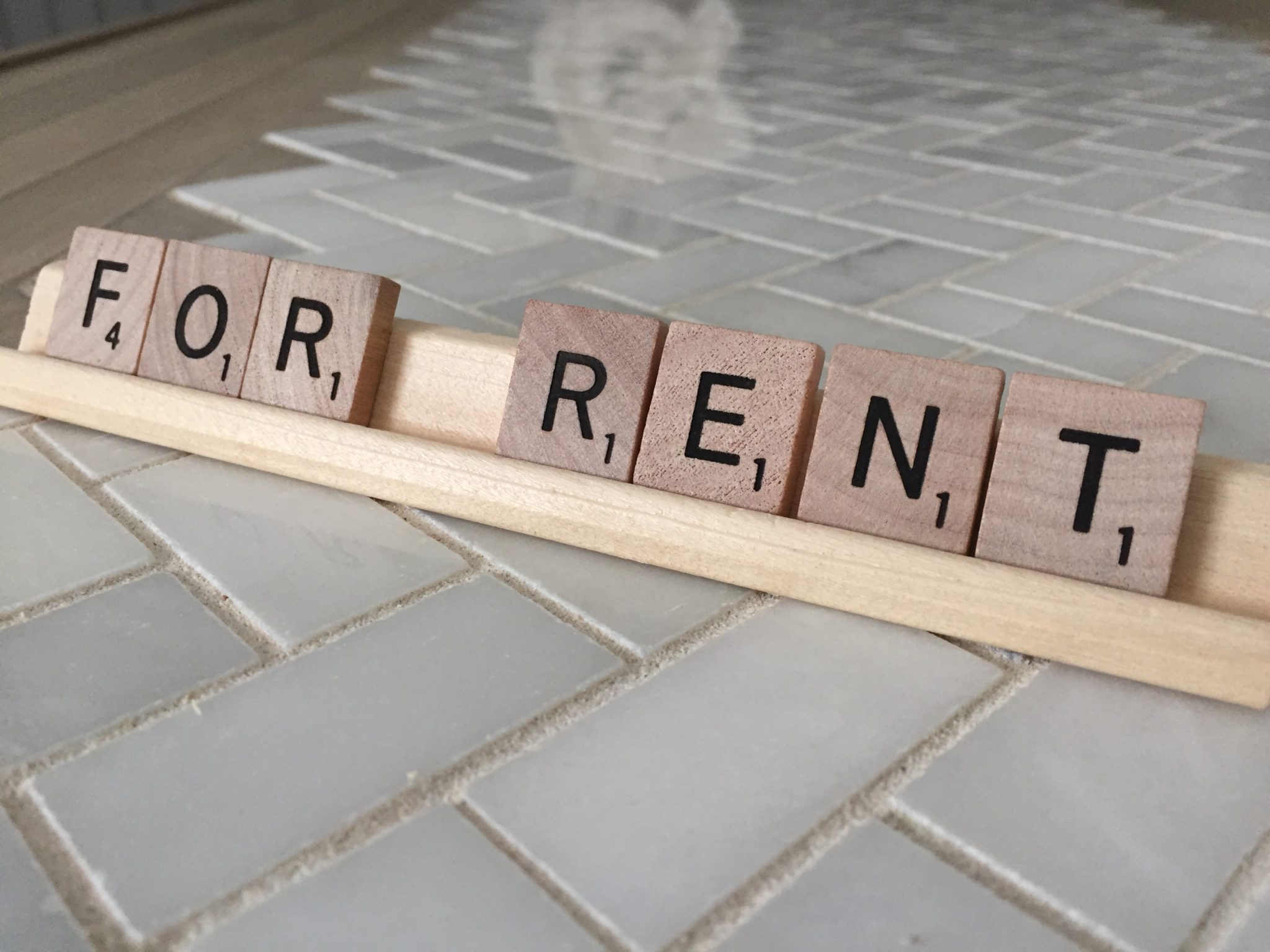Buying a multifamily property has been one of the best decisions we’ve made. The house is not only a source of pride, but a tangible asset that is able to give us returns now as well as in the future. It’s not for everyone and has its risks, but if you’re up to the challenge it’s worth the time and effort. If you’re considering a multifamily, here are some key ways to help you make the most of your journey in becoming a successful landlord & entrepreneur.
1. Location is Key

We’ve all heard the phrase “location, location, location.” It couldn’t be more true when it comes to long term success with a multifamily. Before beginning your hunt, really get to know the area you’re interested in investing in – take note of features that would make an area attractive for renters. Generally speaking, great rental locations include proximity to major cities and highways, public transportation, and colleges & universities. Finding a property that checks off all of the location boxes may come at a higher price, but fewer vacancies and higher market rates rents may be worth the premium. Another perk of owning a multi in the right neighborhood is that it may make up for amenities the house itself may be lacking. For example, our property doesn’t feature laundry, or off-street parking, but due to high demand for the location, quick access to public transportation and a few laundromats close by, folks are still interested in renting our units.
As I mentioned above, the biggest barrier to an ideal location will most likely be price (we were able to score an affordable price in a great area in exchange for some serious sweat equity to make it livable). If you’re still struggling to make the numbers work in a choice location, research up-and-coming spots, but make sure the location has enough draws to keep renters interested in the area should the novelty factor die down.
Another piece of the location puzzle is proximity to your locale. This is especially true if you’ll be managing maintenance and don’t plan on owner-occupying, or have plans to move from your multi at some point. It’ll make it much easier on everyone if you’re able to pop over to the property quickly to cut the lawn, or fix a running toilet.
2. Keep Crunching the Numbers

Things can get pretty complicated as far as financials go on multifamily housing, but I like to simplify it to the 3 M’s: Mortgage, Maintenance, and Market Rate for rents. The ultimate goal is for that last M – market rents, to at the very least cover the other two M’s (if you’re renting all available units). The first step to achieving that goal is to get a solid sense of market rents in the area you’re interested in investing in and comparing that to potential mortgage payments (taking into consideration taxes, insurance, and any HOA dues). This will help you, along with a pre-approval, determine a max purchase price for your house. Next, you’ll need to determine your maintenance costs. The general rule in real estate is to set aside 1% of your property value per year for maintenance. Of course, age, condition, size and type of property will move the needle on this estimate.
Over time, you’ll have the most control over rents and maintenance, so it’s important to check in on your numbers periodically. Maintenance is a cost that you should try to keep down. You can save a ton of money by doing as much of it yourself as possible, making friends with local contractors and handy men or women, and not delaying jobs (it’ll cost you more in the long run). Rents will fluctuate based on the market, so be sure to do an annual analysis to make sure you’re in the right ballpark. Rents that are too low will hurt your bottom line, especially when taxes, insurance and utilities are constantly increasing. On the other hand, rents that are too high will lead to vacancies. No income is definitely worse than having to adjust down a bit. *Note: Good tenants are worth their weight in gold. They’re so valuable that you may not want to raise rents too frequently, or at all during their tenancy to encourage them to stay. The peace of mind that comes with getting paid on-time and knowing your property is being treated with respect is totally worth a slightly lower rent.
3. Consider Taking a Real Estate Course

To be honest, getting my real estate license was never something I actually planned on. I just happened to be scrolling through Groupon one day right as we were beginning our property search and found a discount for a course. As someone who’s always up for a learning opportunity, I decided, what the heck. At the very least I’ll know more about the home buying process.
Well, it turns out that taking that course was the most useful 40 hours I could have invested as we went down this path to becoming landlords. I was able to get an in-depth understanding of not only the basics, but financing, property & risk management, and the laws that govern rental housing. Being informed at this level can save you lots of time, money, and heartache. The best additional perk is that it paved the way for me to further my own investment opportunities and make a little extra money on the side doing something I love.
4. Brush Up on Your Handy Skills

We probably went overboard on this one when we decided to DIY (aka YouTube) our renovation project. The good news is you don’t need to to be an expert to tackle things like fixing a drain, or patching floorboards. With willingness, patience and practice you can learn a ton of new skills that will help you save big bucks. There are countless resources available – YouTube, DIY blogs, home improvement magazines, local workshops, etc. Just be sure to leave anything that could cause a flood, fire, or undermine structural integrity to the pros.
5. Polish Your Marketing, Interviewing, and Customer Service Skills

One thing that some landlords tend to forget is that they are running a business. Part of any successful business are solid marketing, interviewing skills, and great customer service. First, you’ll need your marketing skills to speak and write compellingly about the great qualities your property offers. Second, you’ll have to strategically select appropriate avenues for the promotion of your property. Effective marketing will help you to garner interest from potential tenants. The more that folks are interested in your units, the greater chances that you’ll be able to fill vacancies. That in turn means more consistent cash flow.
Now that you’ve got people interested in your place, you’ll need to schedule showings and collect applications. Though this step can be time consuming, I find the conversations I have with potential tenants very informative. Just as you’d interview potential employees or clients for the right fit, we do the same with our tenants. Often when we get multiple applications in, we’ll refer back to the notes we jotted down after showings. After considering all applications and making certain that we’re not violating any fair housing laws, we’ll offer the tenancy to folks we jibed with best. Following this method, we’ve been able to establish successful landlord/tenant relationships. *NOTE: If you do decide to rent your property through an agent, make sure you make sure to get some face time with your potential tenants before making a final decision.
Starting off on the right foot with your tenants is great, but the goal is to maintain that relationship. The best way to do that is to offer superb customer service. Be responsive and timely in your communication and acknowledgement of requests; stick to your word on commitments; keep up with your end of the maintenance deal; and treat your tenants with kindness and respect. As tokens of appreciation for mutual regard and good tenancy, we send our tenants holiday cards and small gifts for milestones like marriage, or new baby. Fostering those relationships will make it more likely for tenants to feel confidant in you as a landlord, pay on-time, and want to renew the lease each year – saving you time and money!

